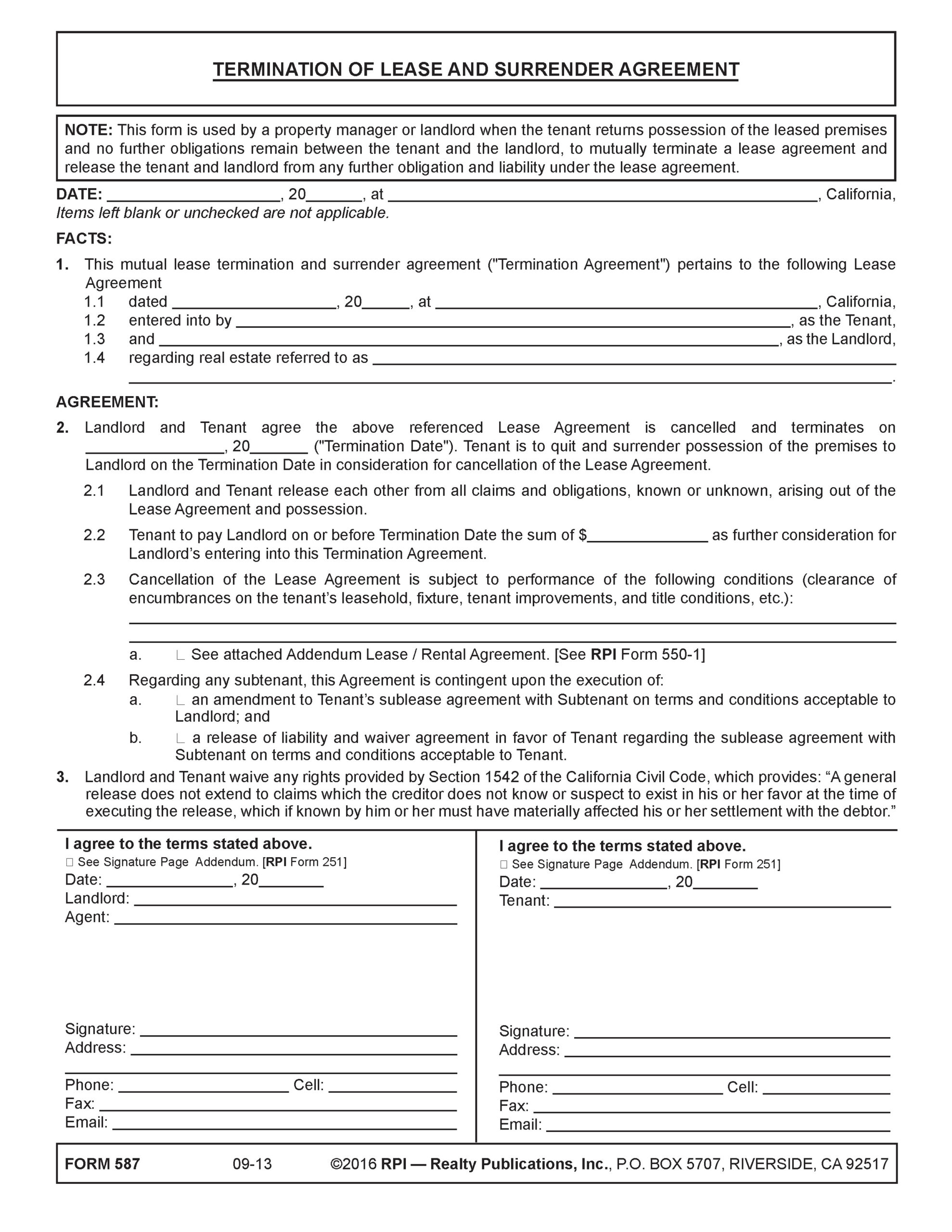
Understanding Lease Termination Timelines
Lease termination is a significant aspect of the tenant-landlord relationship, and understanding the timelines associated with this process is crucial for both parties involved. Let’s explore the key considerations and timelines associated with terminating a lease.
Initial Lease Agreement Duration
Lease termination timelines often begin with the initial lease agreement. The agreed-upon duration of the lease, commonly 12 months, determines when the first opportunity for termination arises. Tenants need to be aware of this timeline and plan accordingly as the end of the initial lease term approaches.
Automatic Renewal and Advance Notice
In cases where leases automatically renew, tenants must pay attention to the advance notice requirements for termination. Failing to provide notice within the stipulated timeframe may result in an unintentional lease renewal. Understanding the automatic renewal process and required notices is essential for a smooth termination process.
Month-to-Month Leases: Increased Flexibility
For tenants on month-to-month leases, the termination process offers increased flexibility. Typically, these leases require a 30-day notice for termination. This flexibility allows tenants to adapt to changing circumstances without being bound by a more extended lease duration.
Fixed-Term Lease Termination
For tenants on fixed-term leases, the termination process involves adhering to the agreed-upon lease duration. Terminating a fixed-term lease before its expiration may incur penalties or require additional negotiations. It’s essential for tenants to understand the specific terms outlined in the lease agreement.
Legal Implications and Consultation
Lease termination involves legal considerations, and seeking legal advice or consultation is advisable for both tenants and landlords. Understanding the legal implications of termination, such as potential penalties or obligations, ensures that all parties are informed and protected during the process.
Tenant Responsibilities During Termination
As tenants initiate the termination process, they must fulfill certain responsibilities outlined in the lease agreement. These may include restoring the property to its original condition, settling outstanding bills, and facilitating the final inspection. Fulfilling these responsibilities in a timely manner contributes to a smooth termination process.
Communication with the Landlord
Effective communication with the landlord is key to a successful lease termination. Tenants should inform their landlords of their intention to terminate the lease within the specified timeframe. Clear and transparent communication helps establish a positive relationship and ensures that both parties are on the same page regarding the termination process.
Security Deposit and Financial Considerations
Lease termination often involves the return of the security deposit. Understanding the terms under which the deposit will be returned, including deductions for damages or outstanding payments, is vital. Tenants should plan for potential financial adjustments during the termination process.
Property Inspections and Exit Procedures
Property inspections are typically part of the lease termination process. Coordinating with the landlord for a final walkthrough allows both parties to assess the condition of the property and address any concerns. Following exit procedures outlined in the lease agreement contributes to a seamless termination experience.
Planning for Transition and Future Housing
As tenants navigate lease termination timelines, it’s also an opportune moment to plan for the transition to new housing. Exploring future housing options and considering the time required for relocation ensures a smoother move-out process and minimizes disruptions in living arrangements.
Lease Termination Timelines: A Link to Informed Decisions
To delve deeper into lease termination timelines and gain valuable insights, visit Lease termination timelines. This resource provides additional information to empower tenants in making informed decisions about the termination process and transitioning to new living arrangements.
